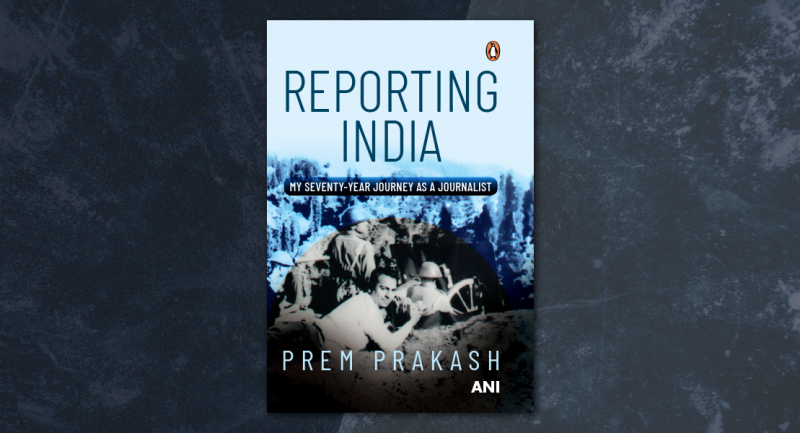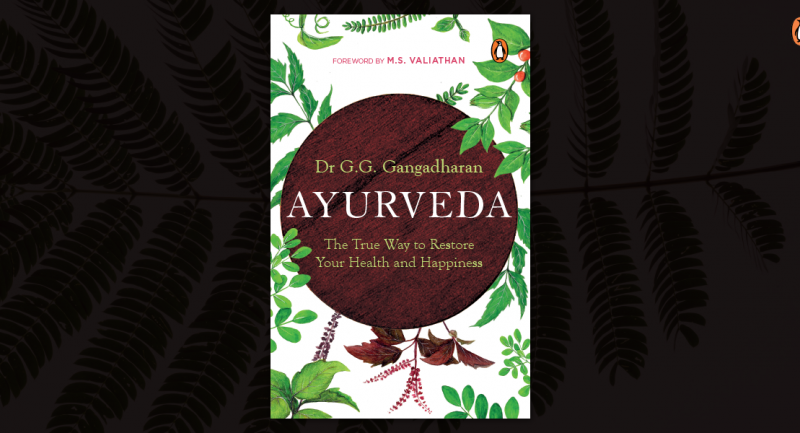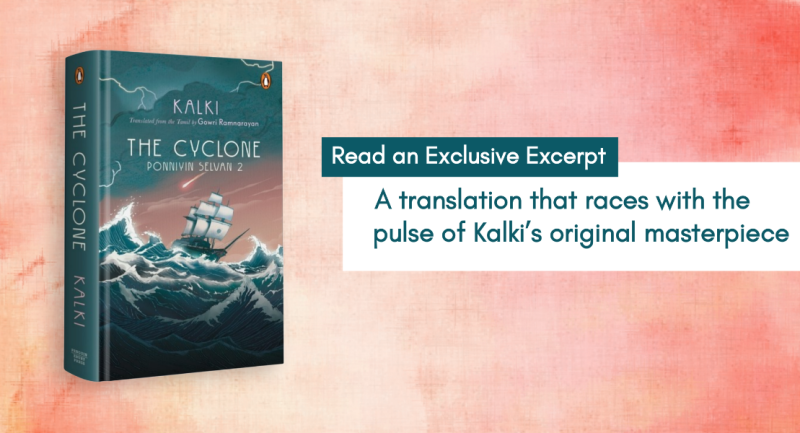
First published in 1996 when he was eighty-eight years old, The Meaning of India is a selection of nearly six decades of Raja Rao’s non-fiction. It is an audacious contemplation on the deeper significance of India. A combination of fables, journeys, discussions and meditations, the book advances the view that India is not just a geographical entity, or even a civilization-state. India is, above all, a metaphysic, a way of being and regarding the self and the world.
Read an excerpt from the book below:
In The Meaning of India, Raja Rao declares, ‘India is not a country (desa); it is a perspective (darsana).’ The word ‘darsana’, incidentally, is the Hindu word for philosophy; it means seeing, experience, vision, perception, standpoint, insight and outlook. But what darsanadoes India embody? Absolute, non-dual consciousness, according to Rao. Even if there was no India in a physical, material sense, India as an idea would always exist. As Rao puts it, ‘India has no enemies. She only has adversaries’ , and she ‘has to turn defeat into victory’.
The entire universe, sentient and non-sentient, in its own infinitely rich and diverse ways, also seeks the Absolute. That, I think, is what the Buddha meant when he said that the whole universe is on fire: ‘“What does not disappear does not exist.” For every sense perception is afire. “Look, the universe is burning!”’ Again, to quote Rao, “There can be no world without duality, yet there can be no peace in duality.’ Duality is primordial unhappiness. That is why everything that exists experiences this dukkha, which is the very essence of duality. Duality, two-ness, implies separation from the source. Whatever has individuality is therefore separated, ego-bound, vibhakt (divided), and therefore seeks self-transcendence—in dissolution or union—as the means to regain its lost wholeness.
But if everyone and everything seeks the same ‘thing’ that India seeks, what makes her different?
The difference is that it is in India where this seeking has become self-conscious, reiterated generation after generation, down the centuries. Not just that, one might even say that India has not only sought but found the Absolute. There is a prevalent Buddhist belief that if the world is to be saved from destruction, the inspiration for the radical transformation in consciousness must come from India.
Rao also states this position quite unequivocally:
There are, it seems to me, only two possible perspectives on human understanding: the horizontal and (or) the vertical. They could also be named the anthropomorphic and the abhuman. The vertical movement is the sheer upward thrust towards the unnamable, the unutterable, the very source of wholeness. The horizontal is the human condition expressing itself, in terms of concern for man as one’s neighbour—biological and social, the predicament of one who knows how to say, I and you.
The vertical rises slowly, desperately, to move from the I to the non-I, as non-dual Vedanta would say. It is the move towards the impersonal, the universal (though there is no universe there, so to say) reaching out to ultimate being, where there are no two entities, no you and I.
The horizontal again, on its long, arduous and confused pathways, will reach the same ultimacy by stripping the I of its many vestments, through concern and compassion for the other . . .The vertical then is the inherent reality in the horizontal . . . (139–140)
Or again:
There are only two pathways to looking at the world: the causal way or the unpredictable: or to use my metaphor . . . the horizontal or the vertical . . . In the context of Indian philosophy, we could say, either there is duality or non-duality.(194)
Rao, using a method akin to scientific reductionism, ensures that the crux of the matter boils down to one contest—between duality and non-duality.
For him, ‘There are indeed no horizontal solutions, the human has no answer ever.’ Locating this contrast in a trans-civilizational dialogue with André Malraux, Rao quotes the latter as saying, ‘You remember what Dostoevsky said: Europe is a cemetery of ideas—yes, we cannot go beyond good and evil. We can never go, as the Indians can, beyond duality.’
Excerpted with permission from the “Introduction to the New Edition”, written by Makarand Paranjape.
The Meaning of India is available now.









